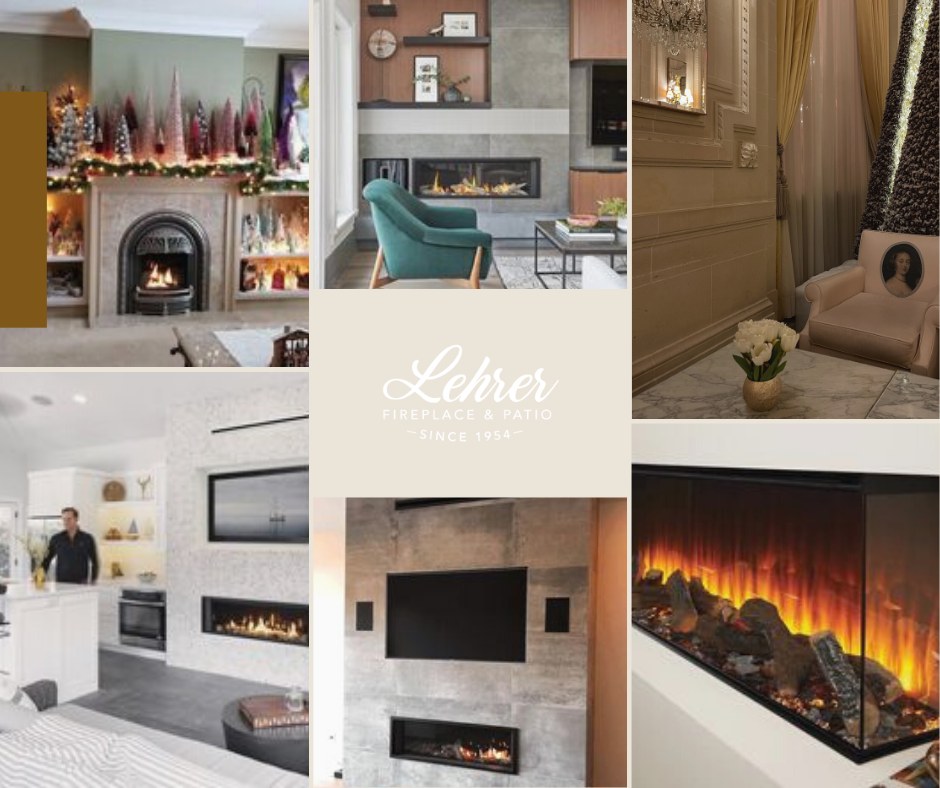Can a Powerful Gas Fireplace Replace Your HVAC in Winter?
The fireplace in the house was once a common sight. The situation has changed over time and in most homes the open flame resulting from the burning of wood or coal has been replaced by gas or electricity. Modern central heating is associated with a simplicity and convenience that people did not benefit from in the past so we should definitely enjoy it and appreciate it.
The atmosphere of a crackling fire, especially in winter, is unique so fireplaces have returned to the market. This time, however, they provide not only heat in their immediate vicinity, but also the possibility to build a central heating system around them and bring heat to all the rooms of the house through radiators, almost the same as in the case of a HVAC system.

The most popular types of fireplaces are currently free-standing stoves, convection fireplaces and fireplaces with a water jacket.
The first type mentioned above is not suitable for use in a central heating installation but it can be used as an additional source of heating in winter. Convection fireplaces can be combined with ventilation channels through which they bring heat to other rooms in the house. This type of fireplace is especially appreciated for the fact that they heat up rather quickly and can also be used in high-volume interiors. Fireplaces with a water jacket are the most advanced when it comes to technology. The water jacket fireplace insert is equipped with connections for water pipes to transport it to the radiators.
Lehrer Fireplace and Patio can provide you with the best fireplace solutions in Denver, Highlands Ranch and Arvada. They provide free in-home estimates and consultations for gas and electric fireplaces.
However, an HVAC system is designed to regulate temperature throughout the entire house, ensuring consistent comfort across all rooms and addressing air quality and humidity concerns. Therefore, while a gas fireplace can be a valuable supplemental heating source, it is not a substitute for a fully functional HVAC system, which remains essential for comprehensive climate control and indoor comfort year-round.